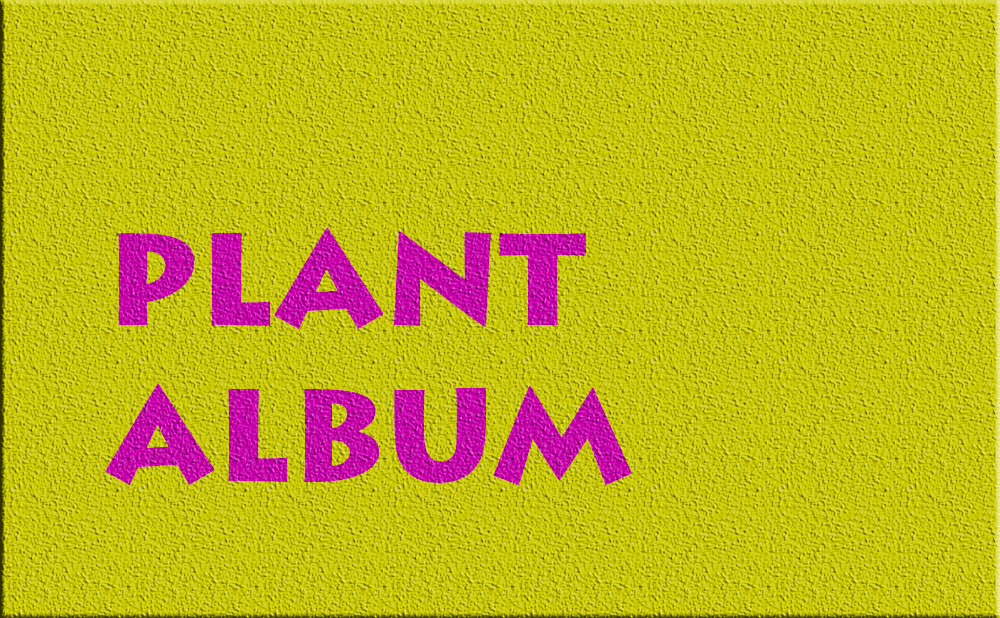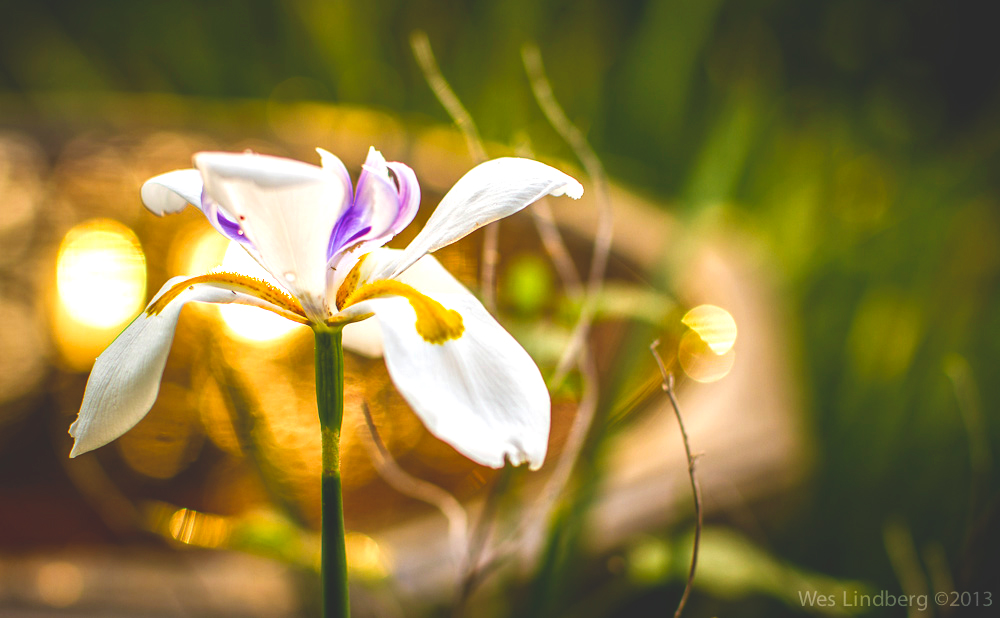Flowers and groundcovers
Black-eyed Susan
Blanket Flower
Butterfly Weed
Coontie
Dixie, Prairie or Blue Flag Iris
Dotted Horsemint
Goldenrod
Liatris
Lyre-leaf Sage
Pickerelweed
Pineland Heliotrope
Scorpionstail
Spiderwort
Sunshine Mimosa
Tickseed
Tropical or Scarlet Sage
Yellowtop
Grasses
Fakahatchee Grass
Muhly Grass
Sand Cordgrass
References:
Besides the websites used for reference material already listed, the following books were also used for this section:
Haehle, R. C. and J. Brookwell, 1999, Florida Native Plants, Houston, TX: Gulf Publishing Company. Nelson, G., 2003, Florida's Best Native Landscape Plants. Gainesville, FL University Press of Florida. Nelson, G., 1994, The Trees of Florida. Sarasota, FL Pineapple Press, Inc. Osorio, R., 2001, A Gardener's Guide to Florida Native Plants. Gainesville, FL University Press of Florida. Taylor, W., 1998, Florida Wildflowers in Their Natural Communities, Gainesville, FL: University Press of Florida.










